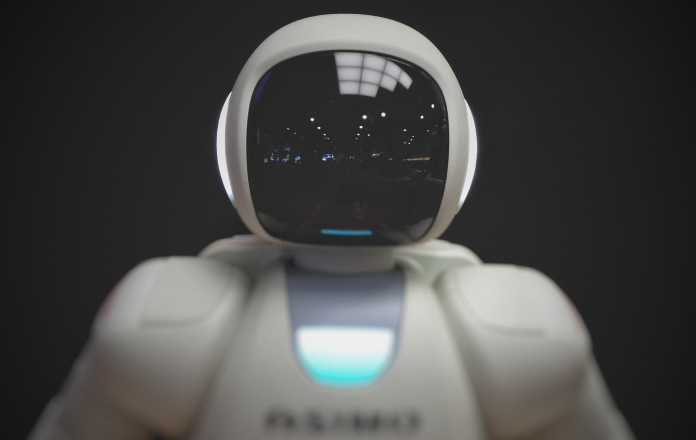What is artificial intelligence (AI)?
Artificial intelligence is a branch of computer science that produces computers that are similar to humans capable of solving and learning problems. Algorithms can learn and change their behavior based on feedback from their environment without human intervention, using some creative AI such as machine learning and reinforcement learning. Artificial intelligence technologies, from the financial world to manufacturing, from healthcare to consumer goods, and more, are employed in almost every industry. The search algorithm for Google and the search engine for Facebook are examples of artificial intelligence that many of us use every day.
What is Robotics?
Robotics is the intersection of science, engineering, and technology that produces machines called robots, which change human behavior. Robots are commonly used in industries such as automobile manufacturing to perform simple tasks and in sectors where work needs to be done in dangerous situations for humans.
Uses of Artificial Intelligence and Robotics
There are some key ways to deploy AI in today’s global manufacturing sector.
Robotic Assembly
AI is an incredibly valuable tool in the application of robotic assemblies. AI can help with real-time course revisions combined with advanced systems, which are especially useful for complex products such as aerospace. Often, AI can be used to support a robot to learn alone when it comes to what processes are best for some process while they are working.
Robotic Packaging
Robotic packaging often uses AI forms for faster, lower cost, and more accurate packaging. AI helps save the speeds that a robotic system builds, while continually improving them, making it easier for everyone to install and run robotic systems.
Customer Service
According to customer service capabilities, robots are now being used in retail stores and hotels worldwide. Most of these robots use AI’s natural language processing capabilities to communicate more humanly with customers. The more these systems can communicate with humans, the more they learn.
Open Source Robotics
With this capability, a handful of robotic systems are now being marketed as free source products. Consumers can teach their robots how to do custom tasks based on their specific use, such as small farming. In the future, the integration of AI robots and AI into open source robots could be a big event.
Robots are smarter, more efficient, and more competitive when working together, AI has not yet come close to achieving its full potential. Still, robotics will do so as it moves forward.





